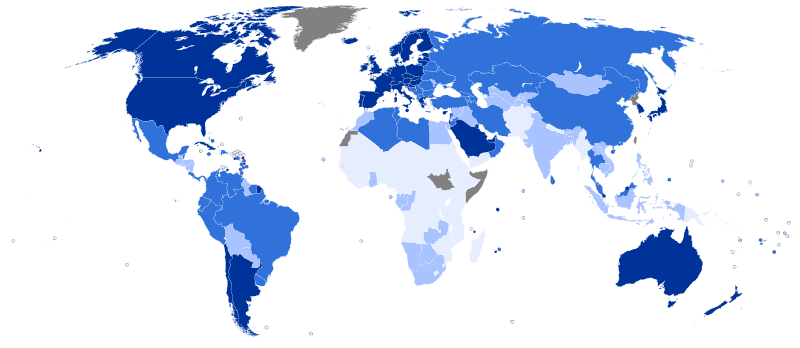The Human Development Index (HDI) is a composite statistic of life expectancy, education, and income indices used to rank countries into four tiers of human development. It is, while not nearly perfect, one of the best indications we have of a country’s general standard of living.
The 2014 report was released on July 2014, and the US have little reason for joy; while in the raw HDI the country ranks 5th, where it really matters, in the Inequality-adjusted HDI (IHDI), the US comes in at 28. This means that the very rich are pulling the country massively up in raw numbers, but overall, there is a huge gap between the rich and the middle class and poor.
As you can see, 8 out of the top 10 IHDI countries are from Europe, with Australia coming in at 2nd and Canada at 9. The trend continues further on, and out of the 27 countries which come above the US, 23 are European. It’s also interesting to note that in the past report, the US was on 16, so there has been quite a significant drop.
The one thing that America has to its defense is its population. The top countries generally have a much lower population than the over 300 million which inhabit the US, and it’s much more difficult to manage a higher population. To make things even worse, they are also dealing with a significant immigrant population – but then again, so are many countries from Europe.
Since 2001, Norway has been declared the top country every year except for 2005 and 2006, when Iceland took the crown. Before that, it was Canada’s reign, but Canadians are also starting to deal with major inequality.
However, the HDI and IHDI aren’t the be-all end-all of a country. There has been significant criticism on these rankings, especially that they don’t have any ecological considerations and ignore the technological advancements in a country.
You can read the full report here.




